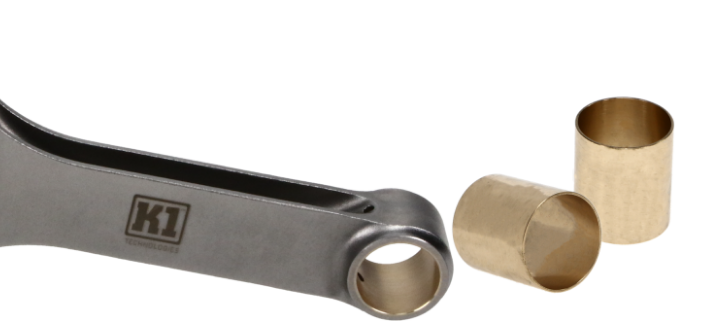When measuring connecting rods, the right tools and approach are essential. Accuracy is paramount, and a meticulous approach ensures precise results. This comprehensive guide delves into the importance, methods, and tips for measuring connecting rods accurately, a fundamental practice in engine maintenance.
Understanding the Importance of Measuring Connecting Rods
The connecting rod is a pivotal component in the engine’s operation. It connects the piston to the crankshaft, converting the linear motion of the piston into the rotational motion of the crankshaft. Ensuring that connecting rods are of the correct length and are not worn or damaged is vital for the proper function and longevity of an engine.
Tools Required for Measuring Connecting Rods
Measuring connecting rods requires a set of precision tools to ensure accuracy. These tools typically include a rod measuring fixture or a micrometer, and a rod bolt stretch gauge. These instruments allow for precise measurements, ensuring the rods are within the specifications set by the engine manufacturer.
Process of Measuring Connecting Rods
Preparing the Connecting Rod
Start by cleaning the connecting rod thoroughly. Removing any dirt or debris prevents potential inaccuracies in your measurements.

Measuring the Center Distance
The center distance is the length from the center of the small end (where the piston pin fits) to the center of the big end (where it attaches to the crankshaft). Using your micrometer or rod measuring fixture, you can accurately measure this distance.
Measuring the Rod’s Big End Diameter
The diameter of the big end of the rod (where it attaches to the crankshaft) is crucial for proper engine function. Using a micrometer, measure the diameter across the bore.
Checking the Rod’s Small End Diameter
Similarly, measure the diameter of the small end of the rod where the piston pin fits. An appropriate size here ensures smooth operation of the piston within the cylinder.
The Relevance of Precise Measurements
The accuracy in measuring connecting rods directly influences the engine’s performance and longevity. Incorrect measurements can lead to improper fitting, causing excessive wear and tear or potentially damaging the engine.
The Art of Precision in Engine Maintenance
As we can see, measuring connecting rods is not just a process; it’s an art form that requires precision and careful handling. It’s a testament to the delicate balance required in maintaining an engine, where even the smallest deviation can have significant consequences. As a cornerstone of engine maintenance, it underlines the importance of meticulous attention to detail and a deep understanding of the engine’s many components. Understanding how to measure connecting rods accurately is crucial for anyone involved in engine care, maintenance, and those with a keen interest in automotive mechanics.